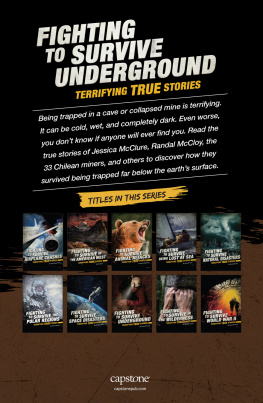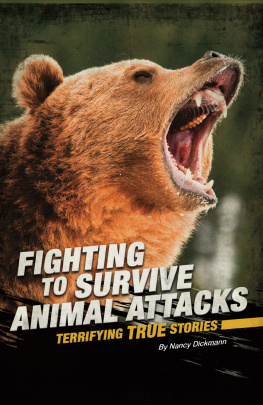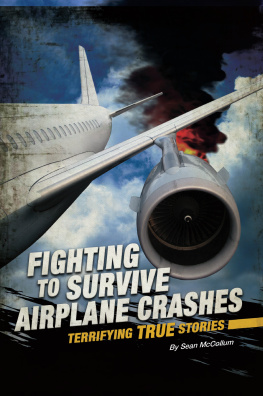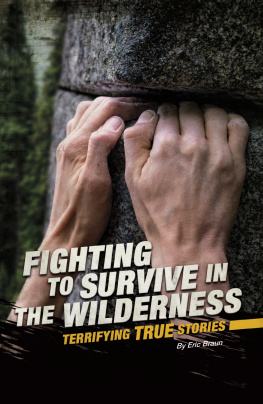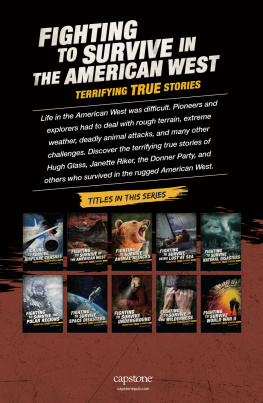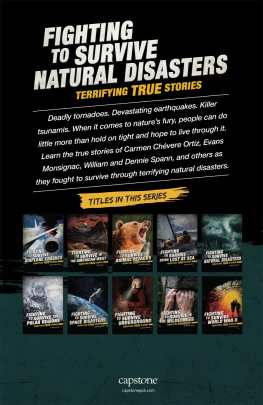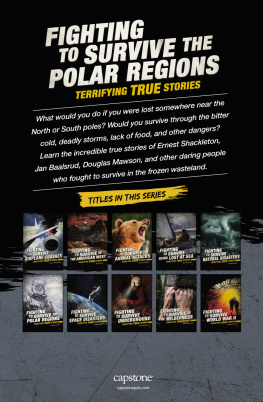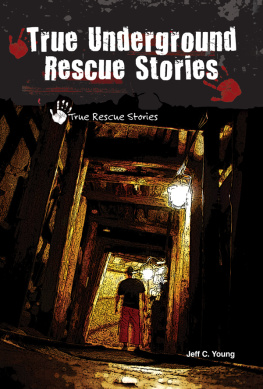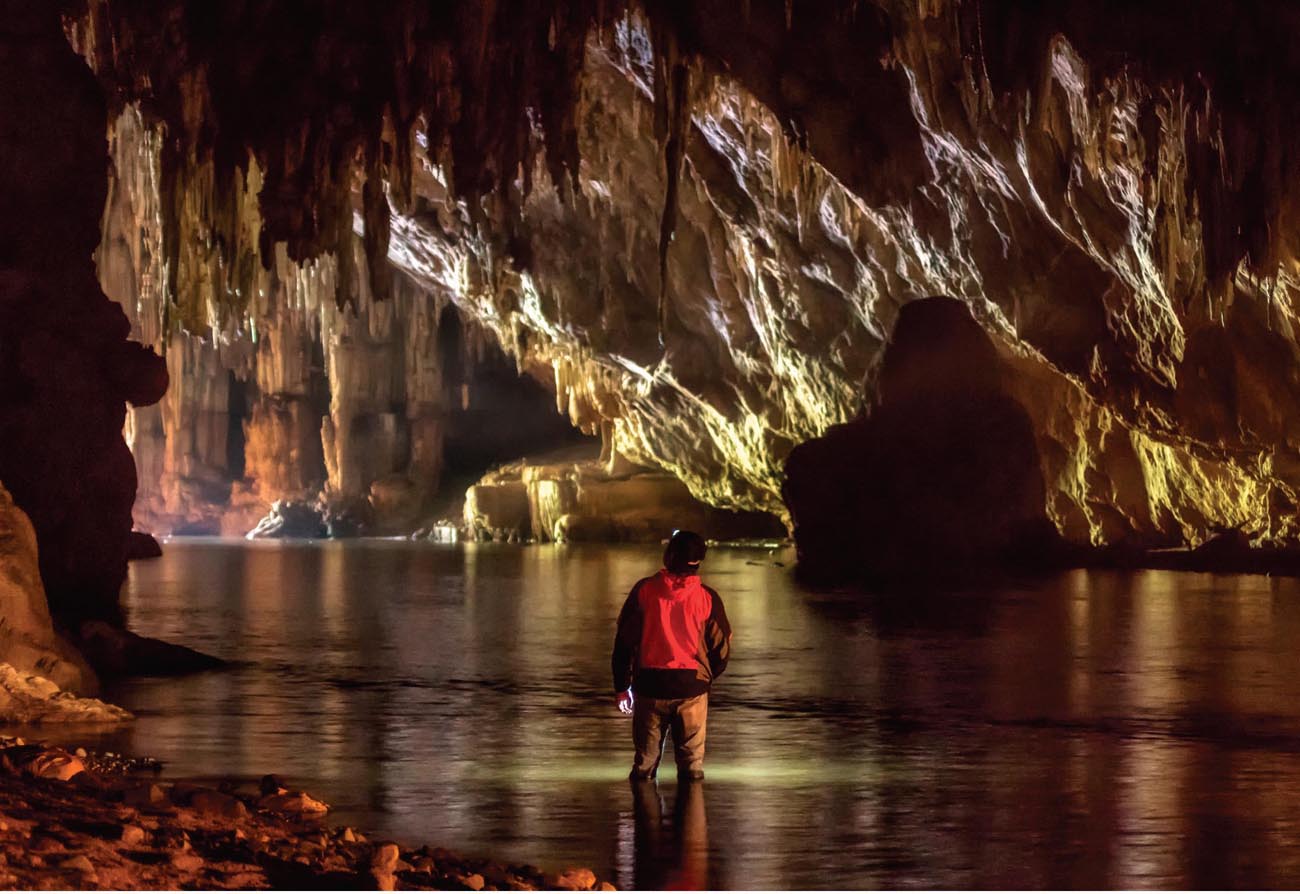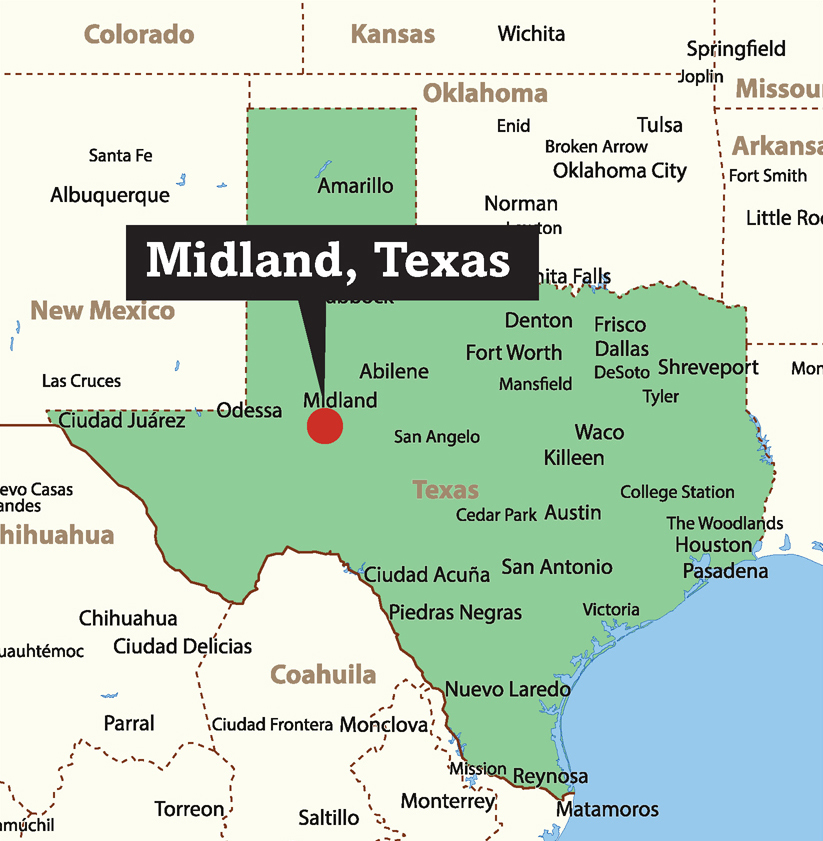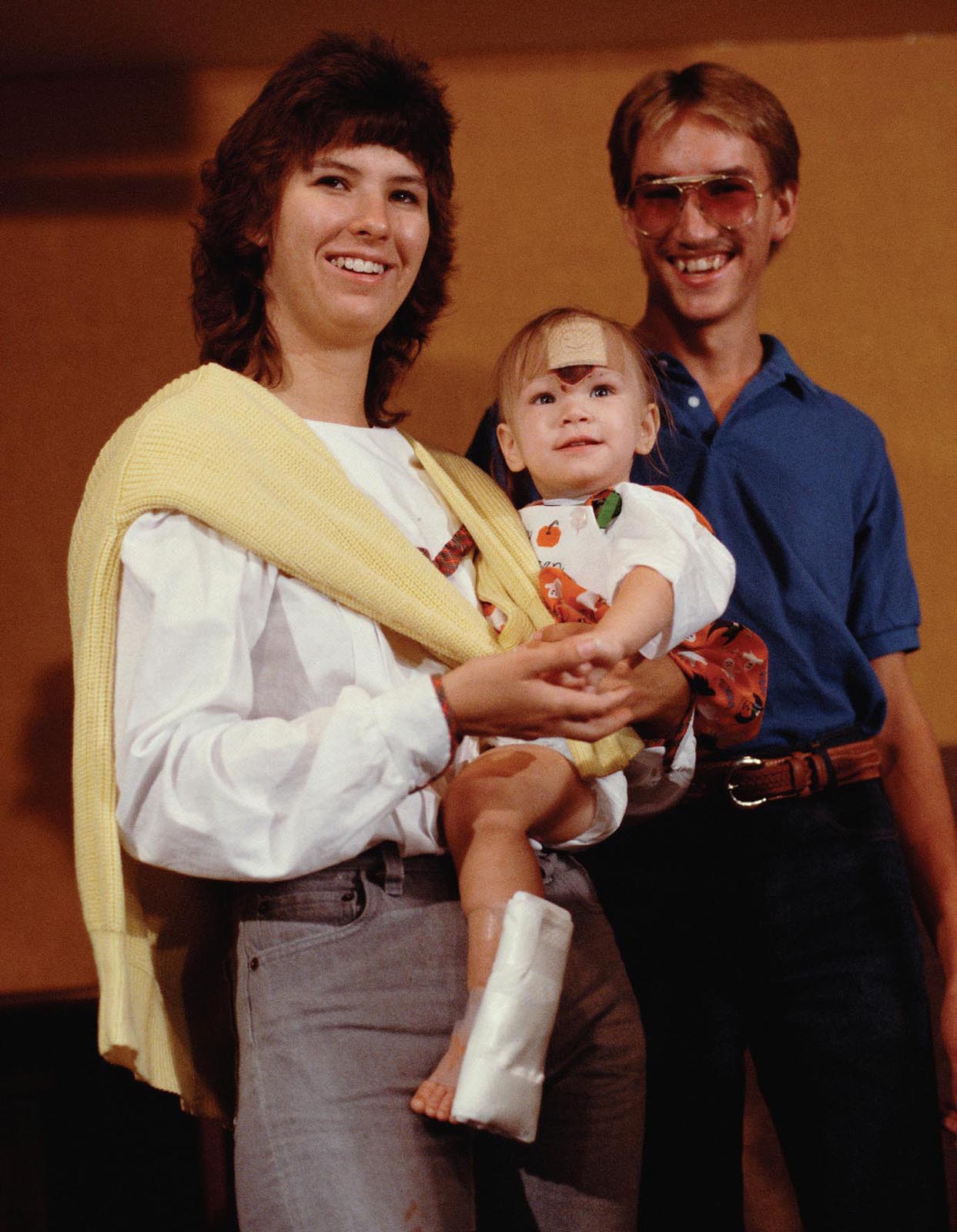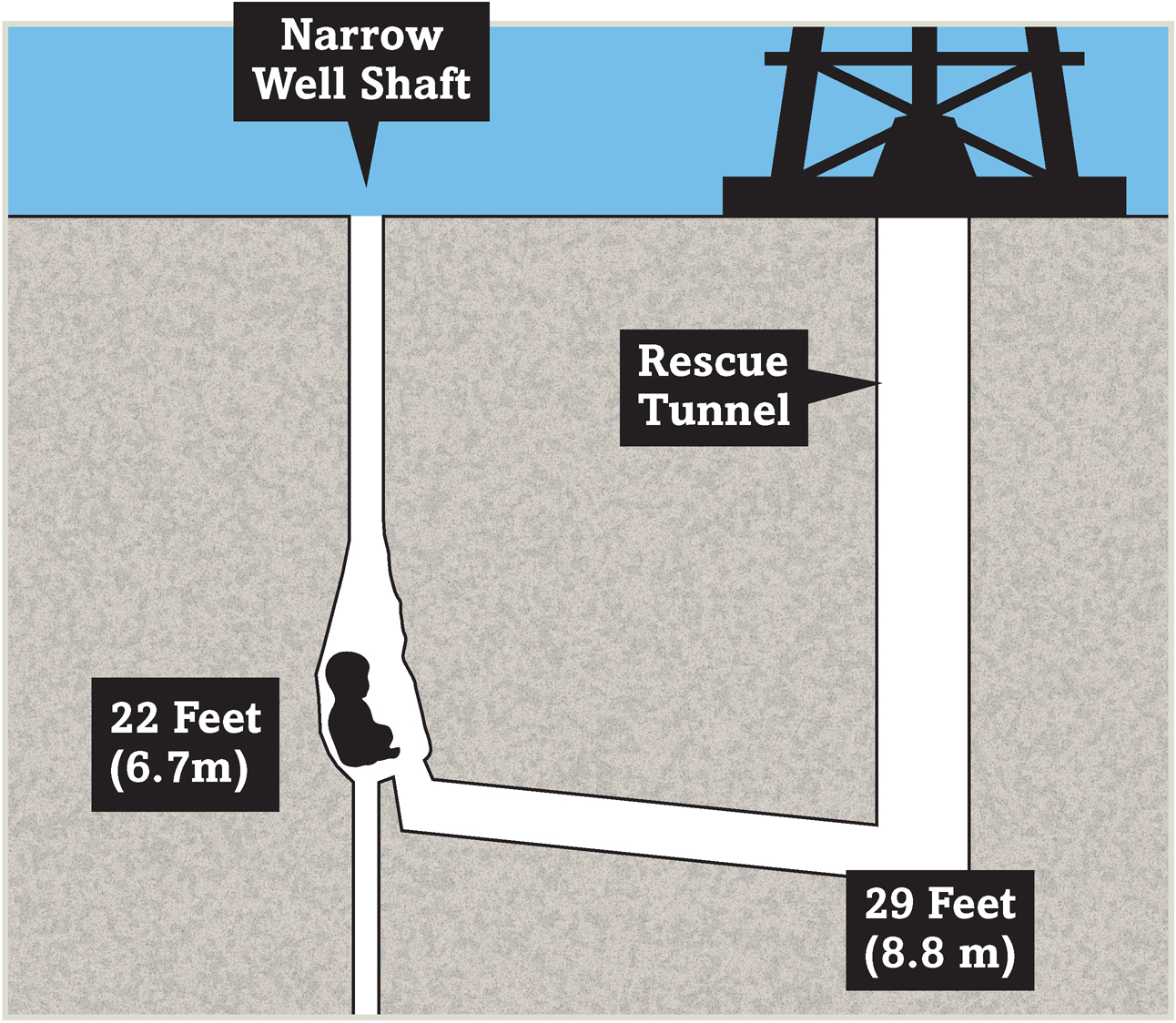INTRODUCTION
Earths surface is an amazing place. Its covered with dense forests, hot deserts, tall mountains, and deep oceans. But its just as interesting below the surface. Dig deep enough, and you might find the remains of ancient animals or civilizations. There are natural wonders too. Caves can spread for miles below the ground. Some caverns are barely big enough to squeeze through, while others are the size of a cathedral. Earth also has underground rivers, pockets of natural gas, and melted rock.
Exploring Underground
People have been exploring this underground world for thousands of years. Prehistoric people in Spain and France painted cave walls to show their culture. In addition to exploring natural caves, ancient people also dug deep into the earth. The ancient Romans mined copper, tin, lead, and gold. These metals were used to make coins, weapons, jewelry, and pipes for carrying water. Other ancient civilizations also dug complex mines.
With modern technology, miners are able to dig deep through layers of hard rock. Divers also use high-tech breathing equipment to explore underwater caves. But even with modern technology, people have only explored a fraction of what is there. We live on Earths crustthe outermost layer of the planet. The crust ranges from 3 to 25 miles (5 to 40 kilometers) thick. The deepest hole humans ever dug made it only about halfway through the crust.
Buried Dangers
Traveling deep underground can be dangerous. The deeper you go, the hotter it gets. The also increases. Tunnels can easily flood as water seeps through the rocks. Mining uses heavy machinery and sometimes explosives. Both can trigger rockfalls and cave-ins. Caves can be especially dangerous. Some are like huge mazes. If something goes wrong deep in a flooded passageway, it can be a very long way out.
The people who travel underground know that theyre taking risks. They do their best to prepare for anything that can go wrong. But accidents still happen. The people in this book have all faced deadly situations undergroundbut they were all lucky enough to survive.
THE GIRL IN THE WELL
Jessica McClure
October 14, 1987, started off as a normal day in Midland, Texas. This medium-sized city was a center of oil and gas production. It was also once the hometown of President George H. W. Bush. But within days, Midland would quickly become a household name. People everywhere were gripped by the incredible story of Cissy and Chip McClure and their 18-month-old daughter, Jessica.
In the Blink of an Eye
That day little Jessica McClure was playing happily with four other children. She was in the backyard with her mother at her aunt Jamies house. When the phone rang in the house, Cissy went to answer it. She wasnt inside for more than a couple of minutes when she and Jamie suddenly heard screams from the backyard. The two women raced outside to see what had happened. The rest of the children were still there, but Jessica was nowhere to be seen. She seemed to have vanished into thin air.
It was a few frantic moments before Cissy realized what had happened. She remembered that there was an old well in the backyard. Its narrow 8-inch (20-centimeter) wide shaft led deep underground. A large rock covered the opening to prevent any accidents. But somehow the well had gotten uncovered. And somehow Jessica had found the small hole and fallen into it.
Calling for Help
she later recalled. I just ran in and called the police. They were there within three minutes, but it felt like a lifetime. Unfortunately, when the police arrived, there was little they could do. Jessica was wedged tightly in the narrow shaft, about 22 feet (7 meters) underground. Getting her out would be a long and tricky process. Her family could only hope that she would survive long enough for rescuers to reach her.
Baby Jessica McClure, with her parents Cissy (left) and Chip (right), after the accident in 1987
A Difficult Rescue
Police officer Bobbie Jo Hall was the first officer on the scene. She was horrified at what she found. The well was so narrow, and Jessica was so deep, that it seemed practically impossible to get her out. Cissy was panicking, terrified that Jessica would die. Hall called down the shaft to Jessica three or four times before finally hearing her cry in response. Although the situation was bad, at least Jessica was still alive. Hall lowered a flashlight hooked to a measuring tape into the well to see how deep the little girl was.
To rescue Jessica, workers had to drill a separate shaft nearby that was large enough for rescuers to fit through.
Jessica was tightly wedged in the well. In fact, she had ended up in a position similar to doing the splits, with her right leg stuck above her head. Even if she werent so tightly stuck, she was too young to grab a rope and be pulled out.
Hard Ground
. But after going down about 3 feet (1 m), they struck layers of solid rock. It would take heavy machineryand a lot of skillto reach Jessica.
The rescuers soon realized that the only way to get Jessica out was to drill another hole. It would be parallel to the well. Once they reached the required depth, they would have to tunnel sideways to reach the toddler. Luckily, thanks to Midlands oil and gas industry, there were plenty of people around with a lot of drilling experience.
Jessicas family looked on as a large team assembled to help with the rescue. A mining engineer flew in from New Mexico to manage the operation. Several oil drilling experts assisted him. Rescue workers, police officers, and also were on hand at all times. Friends and neighbors gathered to pray and watch the rescue efforts.
Drilling Down
The drilling began using a rat-hole rig. This powerful machine was designed for planting telephone poles in the ground. The hole the rescuers drilled was about 30 inches (76 cm) wide. It took the rescuers about 6 hours to dig to a depth of about 29 feet (9 m). Then it was time to tunnel sideways to reach Jessica in the well. This was a much shorter distance, but it was a hard job and took much longer.
Workers lowered a microphone into the well to listen to Jessica. They heard her talking and even singing a song about Winnie the Pooh.
Rescuers took turns to work on the sideways shaft. First they were lowered into the new shaft, carrying a 45-pound (20-kilogram) . Once in position, they lay on their stomachs and punched out the rock between small holes that had been drilled. It was slow workabout one inch per hour.

